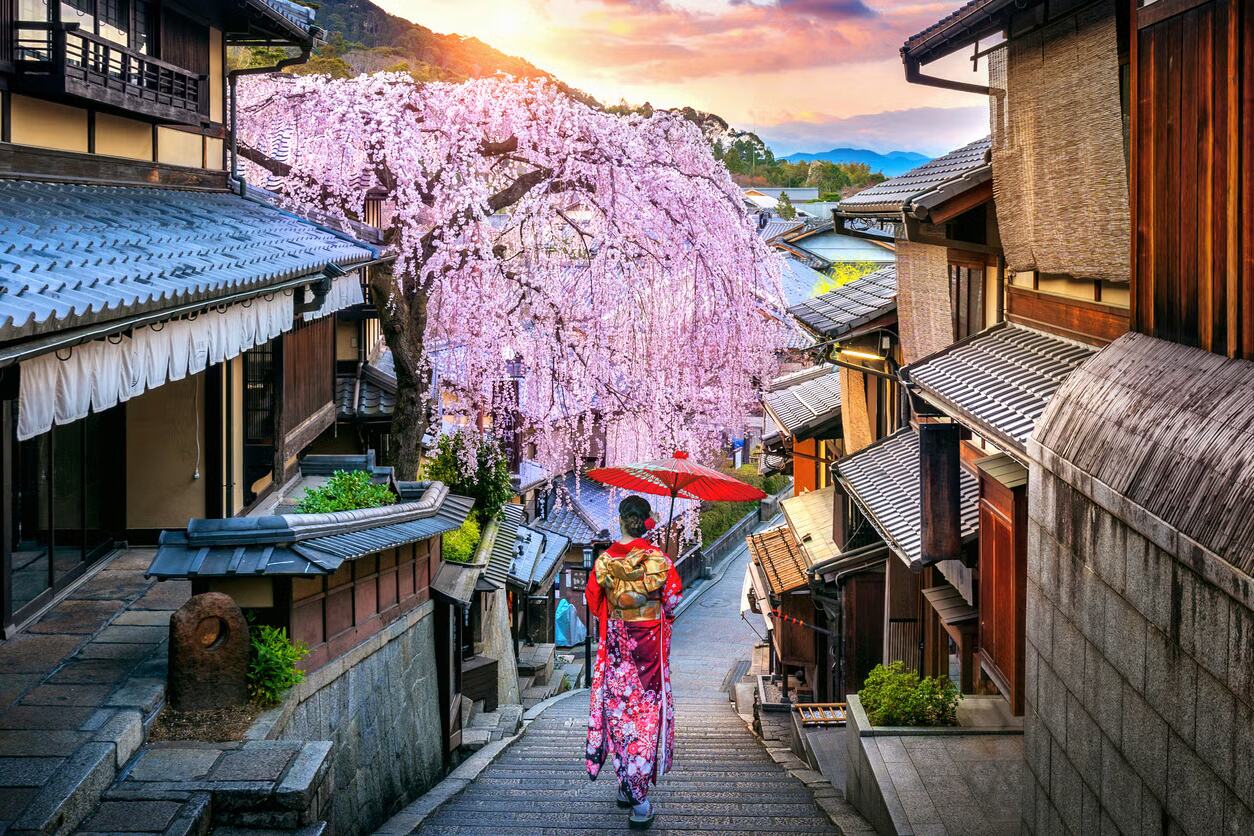Why Does Japan Use Three Different Writing Systems?

Have you ever wondered why Japan uses three different writing systems? It might seem confusing at first, but each system has its own unique role. Kanji consists of characters borrowed from Chinese, used mainly for nouns, verbs, and adjectives. Hiragana is a set of characters representing sounds, often used for grammatical elements and native Japanese words. Katakana also represents sounds but is typically used for foreign words, names, and technical terms. Together, these systems create a rich and flexible way to write. Understanding why Japan uses these three systems can give you a deeper appreciation of its language and culture.
The Complexity of Japanese Writing
Japan's writing system is a fascinating blend of three scripts: Kanji, Hiragana, and Katakana. Each script has its own unique role and history, making the Japanese language both intricate and beautiful. Let's dive into why Japan uses three different writing systems.
Kanji: The Backbone of Japanese Writing
Kanji characters, borrowed from Chinese, form the core of Japanese writing. They represent ideas or objects rather than sounds, making them essential for conveying meaning.
- Historical Influence: Kanji was introduced to Japan from China around the 5th century. This script brought a new way of recording language and ideas, deeply influencing Japanese culture.
- Complexity and Depth: Each Kanji character can have multiple meanings and pronunciations, adding layers of nuance to the language.
- Efficiency: Kanji allows for concise writing. A single character can convey what might take several words in other scripts.
Hiragana: The Soft Script
Hiragana is a phonetic script used primarily for native Japanese words and grammatical functions. Its flowing, cursive style contrasts with the angular nature of Kanji.
- Simplifying Kanji: Hiragana was developed to simplify the reading and writing of Kanji, especially for those who found the complex characters challenging.
- Grammatical Glue: Hiragana is often used for particles, verb endings, and other grammatical elements, making sentences flow smoothly.
- Children's First Script: Japanese children first learn Hiragana before moving on to Kanji and Katakana, as it is simpler and more intuitive.
Katakana: The Sharp Script
Katakana, another phonetic script, is used mainly for foreign words, technical terms, and onomatopoeia. Its angular, sharp appearance sets it apart from Hiragana.
- Foreign Influence: Katakana is used to write foreign words and names, reflecting Japan's openness to external influences.
- Specialized Usage: This script is also employed for scientific terms, company names, and certain plant and animal names.
- Emphasis and Style: Katakana can add emphasis or stylistic flair to text, similar to italics in English.
The Harmony of Three Scripts
The coexistence of Kanji, Hiragana, and Katakana creates a rich, versatile writing system. Each script complements the others, allowing for precise and expressive communication.
- Versatility: The combination of scripts enables writers to convey different nuances and tones, making the language more expressive.
- Cultural Identity: The use of three scripts reflects Japan's unique cultural heritage and its ability to adapt and integrate different influences.
- Learning Curve: While challenging to learn, mastering these scripts provides a deeper understanding of Japanese language and culture.
Japan's writing system, with its three distinct scripts, offers a window into the nation's history, culture, and adaptability. Each script plays a crucial role, making Japanese a language of depth and beauty.
Understanding Japan's Unique Writing Systems
Japan's three writing systems—Hiragana, Katakana, and Kanji—each serve a distinct purpose. Hiragana is used for native Japanese words and grammatical functions. Katakana is reserved for foreign words, technical terms, and onomatopoeia. Kanji, borrowed from Chinese characters, represents ideas and objects, adding depth and nuance to the language.
This combination allows for a rich, flexible way of writing that can express complex ideas and emotions. It also reflects Japan's history and cultural influences. Learning these systems can be challenging, but it offers a deeper appreciation of Japanese culture and communication.
Whether you're a language enthusiast or planning a trip to Japan, understanding these writing systems will enhance your experience. Embrace the complexity and beauty of Japanese writing, and you'll find a fascinating world of language and culture waiting for you.

